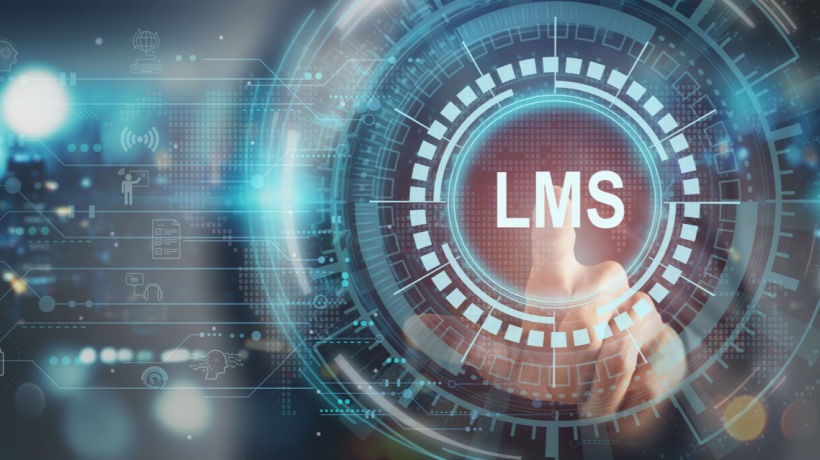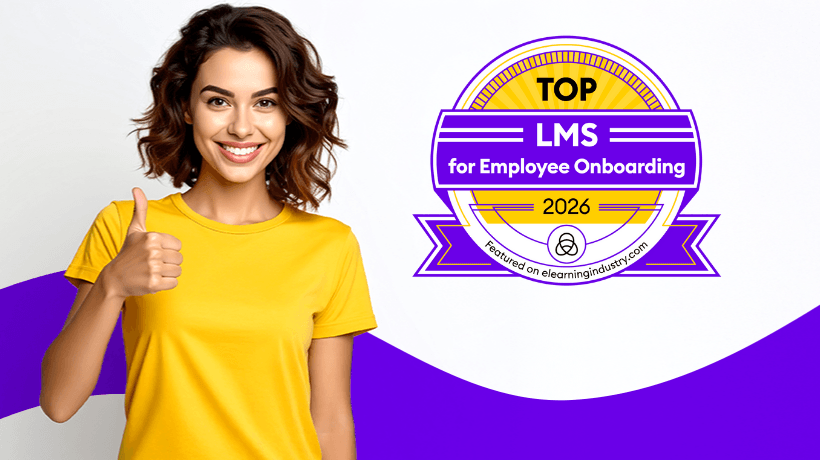Streamline Employee Training With The Best LMS
Companies are identifying the need to invest in innovative training practices, using the increasingly popular Learning Management Systems (LMSs). Relevant and consistent training helps organizations to improve their productivity and performance in the office. According to the American Society for Training and Development, an organization that invests in an effective corporate training program generates around 218% more income per employee. In addition, modern-day employees expect the organization to support and nurture employee training for their career growth instead of only offering a pay check. Moreover, organizations are facing greater challenges in bridging the skill gap among employees. Upskilling the workforce with the right training boosts employee productivity. Furthermore, trained employees can better utilize advanced technologies, and perform better in new work systems, including virtual teams. They can effectively communicate and cooperate with their peers or customers worldwide. Let’s dive in to understand what employee training LMSs are.
What Is An LMS?
Companies are experiencing a rapid shift in workflows due to the globalization of business, the rapid development of knowledge, and the expansion of eCommerce activities to ensure a worldwide presence. Organizations have recognized the need for training and development, beyond instructional approaches and program designs. A Learning Management System seems a viable option for employee training. It ensures an interactive and engaging learning experience. This technology has paced work operations with the delivery of appropriate training and career development opportunities for employees.
Technically, a Learning Management System that delivers training and instructional materials in the corporate setting for employees is known as an employee training LMS. It is a web-based technology with numerous attractive features to facilitate the delivery of educational courses and training materials, administration, and automation in the organization. It stores and manages learning resources, tracks employee performance, and enables skill assessments and evaluations.
Advantages Of Employee Training LMSs
A Learning Management System enables continuous learning against the challenges of the hybrid work model, where tracking productivity and identifying the learning needs of employees becomes difficult. Presently, numerous organizations utilize Learning Management Systems to deliver employee training. It is not limited to a centralized repository system for the delivery of training courses. There are numerous in-built functionalities in it that businesses find most useful. Continue reading to know how employee training LMSs helps organizations streamline their training programs.
Immersive Learning
An LMS enables learners to experience a virtual learning environment. Instructors can schedule online training sessions and provide live training. These training sessions can be recorded and utilized further in giving training to new employees or those who need it. Organizations with a hybrid work culture can utilize this feature to train their remote workforce with centralized training.
Seamless Data And Analytics Visualization
The learner data can be reported using preloaded formats or custom-generated formats on the LMS. These reports can be visualized on the LMS dashboard or on connected systems such as CRMs and AMS. It enables the organizations to track the learner's progress as well as the performance of the course content. For instance, a high number of completed courses reflects higher learner engagement, while courses that are dropped in the middle reflect poor engagement, and need to improve the content. Similarly, the time spent by learners on the courses can be tracked to assess their progress.
Integration And Single Sign-On (SSO)
An LMS that facilitates integration with third-party applications, such as CRMs, ERMS, HRMs, ERPs, and others, enables the synchronization of data between both the integrated platforms. Besides this, it mitigates repetitive tasks with automation. In this way, it saves a lot of time for users. In addition, the single sign-on (SSO) feature allows users to access multiple integrated applications with one set of login credentials. Users do not require to sign in to the LMS explicitly to access the learning content. It thus increases productivity with rising efficiency levels.
Better Engagement With Gamification
The gamification feature on an LMS enhances learner engagement. It keeps learners motivated to continue learning while earning rewards, such as points, badges, credits, and certifications. Moreover, it promotes healthy competition among employees by featuring them on leaderboards.
Mobile Learning
Mobile learning LMS applications facilitate users to learn on the go. Learners can continue learning whenever they want without requiring an active internet connection. The responsive design of the LMS enables a seamless display of learning content across different mobile screen sizes. The offline learning data synchronizes once the learner comes back to an active internet area.
Better Collaboration
An LMS that supports multi-platform learning enables learners to access the content in various formats, such as pictures, videos, audio, eBooks, pdfs, and others, depending on the specific learning requirements of users. Moreover, a Learning Management System that facilitates social learning enables learners to connect and exchange ideas, experiences, and expertise over discussion forums, comments, and feedback. They can interact with their peers and instructors, collaborate on projects, and seek guidance from the instructors. It keeps them motivated to learn in a group and forges healthy competition.
Personalized Learning Paths
The learning requirements for employees may vary depending on their job roles and profiles. For instance, the learning needs of a senior employee would be different than those of a junior employee. AI-suggested personalized learning paths are created based on the job role as well as the learning history and interest of the learners. An LMS enables the auto-assignment of course modules to employees, specific to the learning requirements for their roles.
Competency Assessment
The instructor can implement access restrictions on the course with set conditions, such as required credits or pre-enrollment course completion, to access the next course content. Competency assessment ensures that the prerequisite conditions are met before allowing learners to move to the next step in the learning program.








